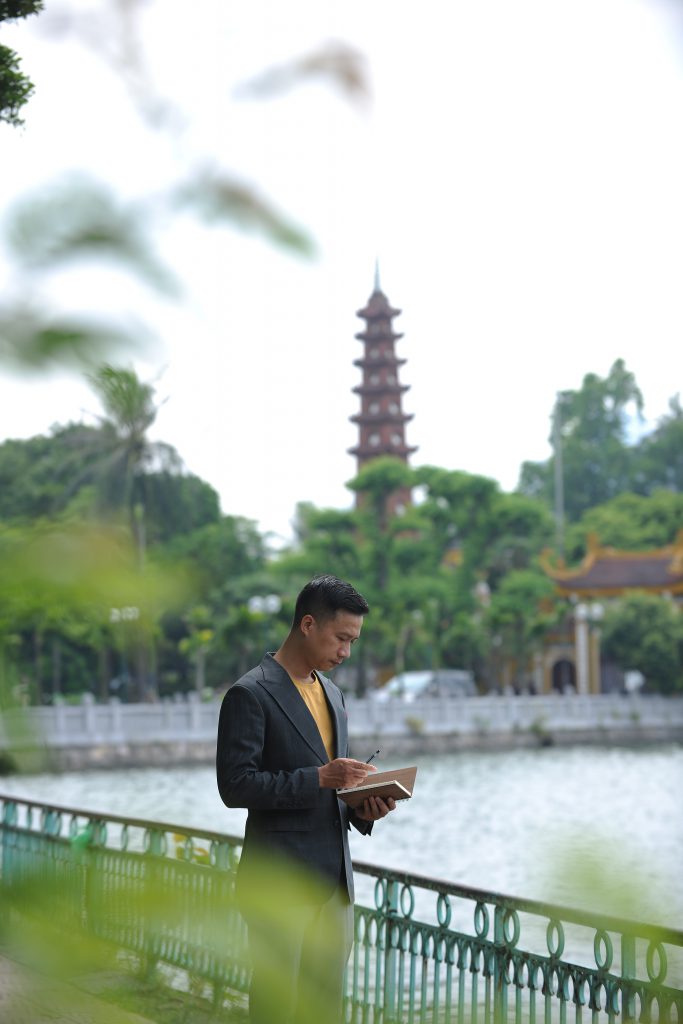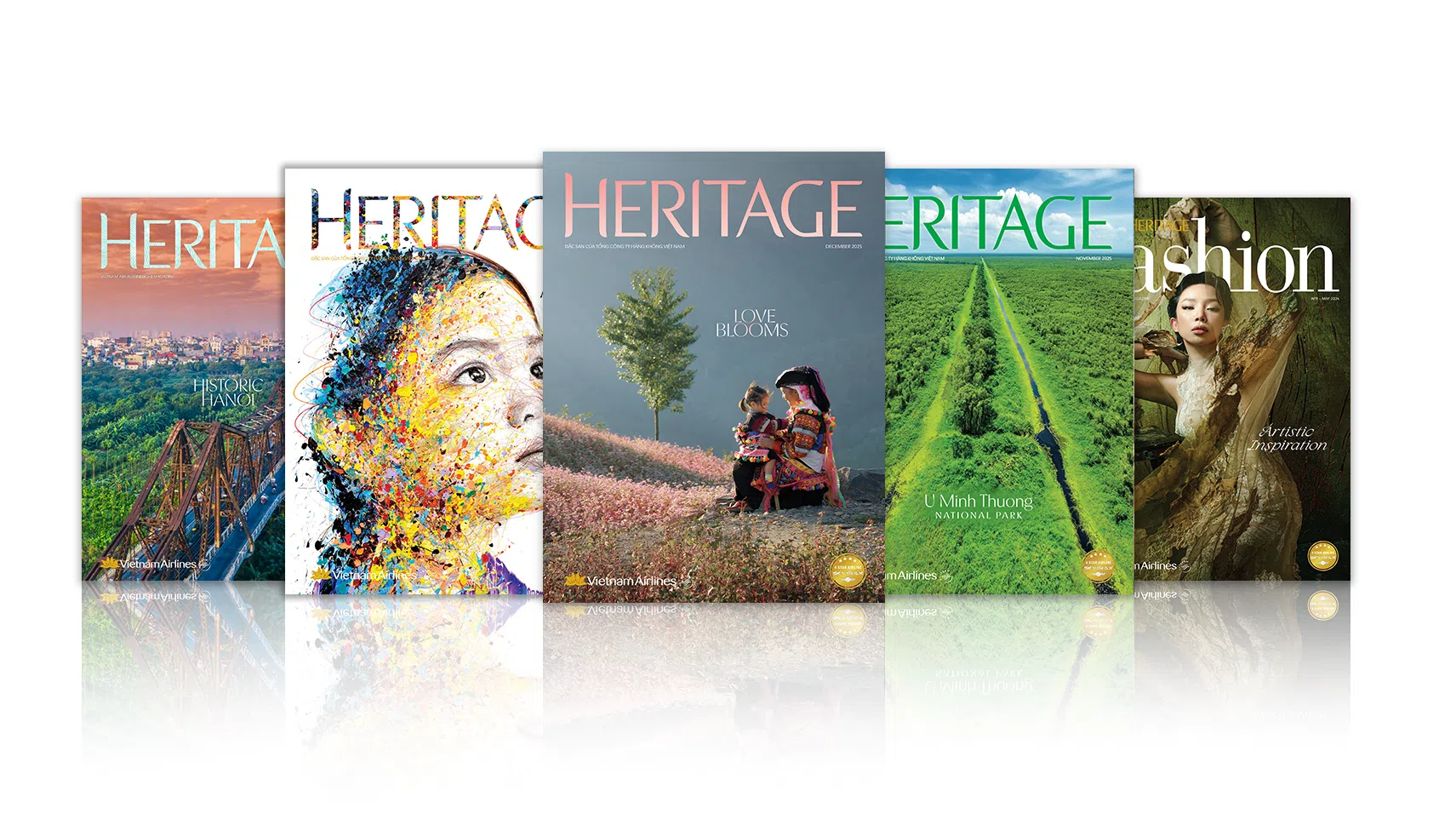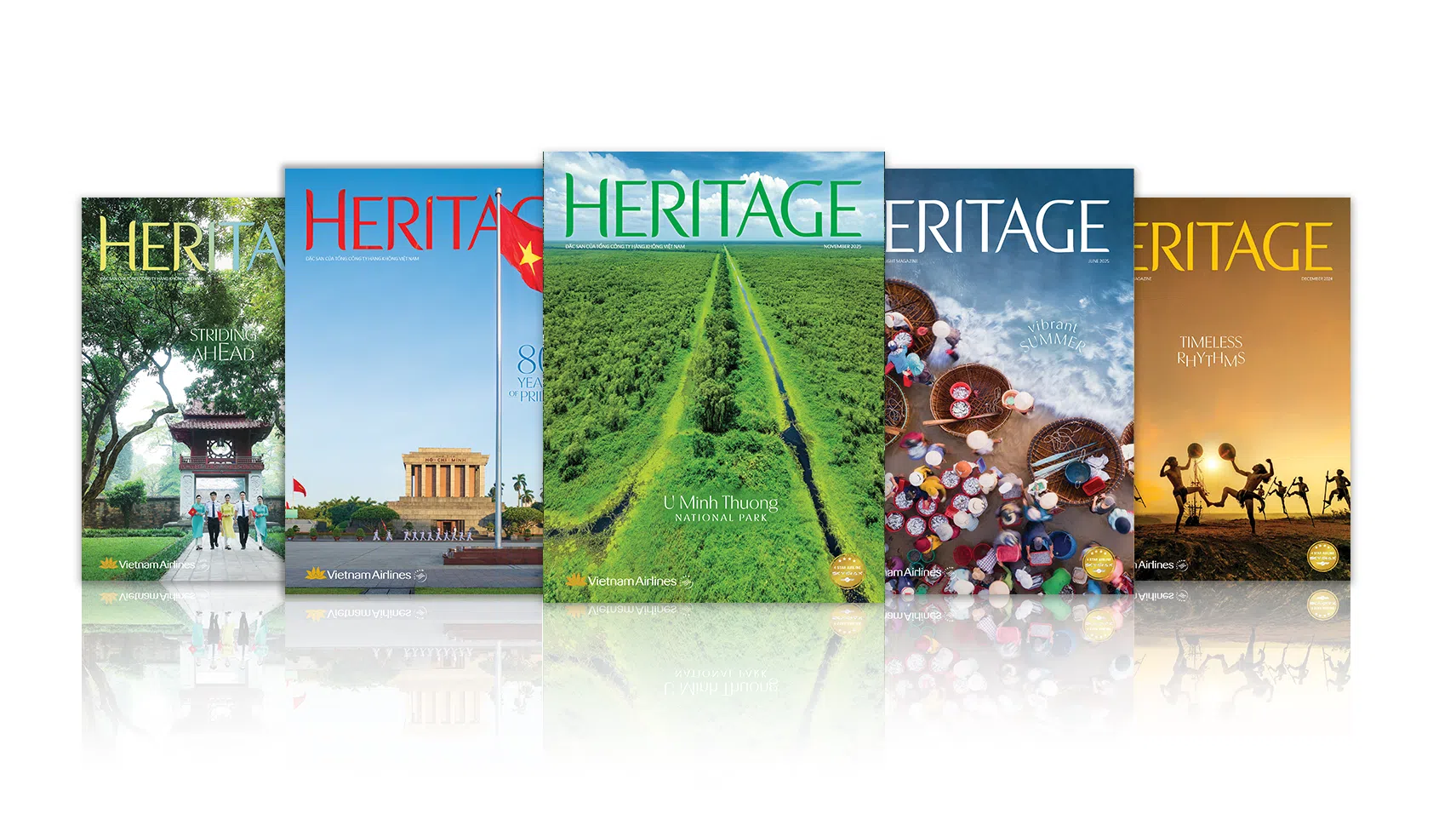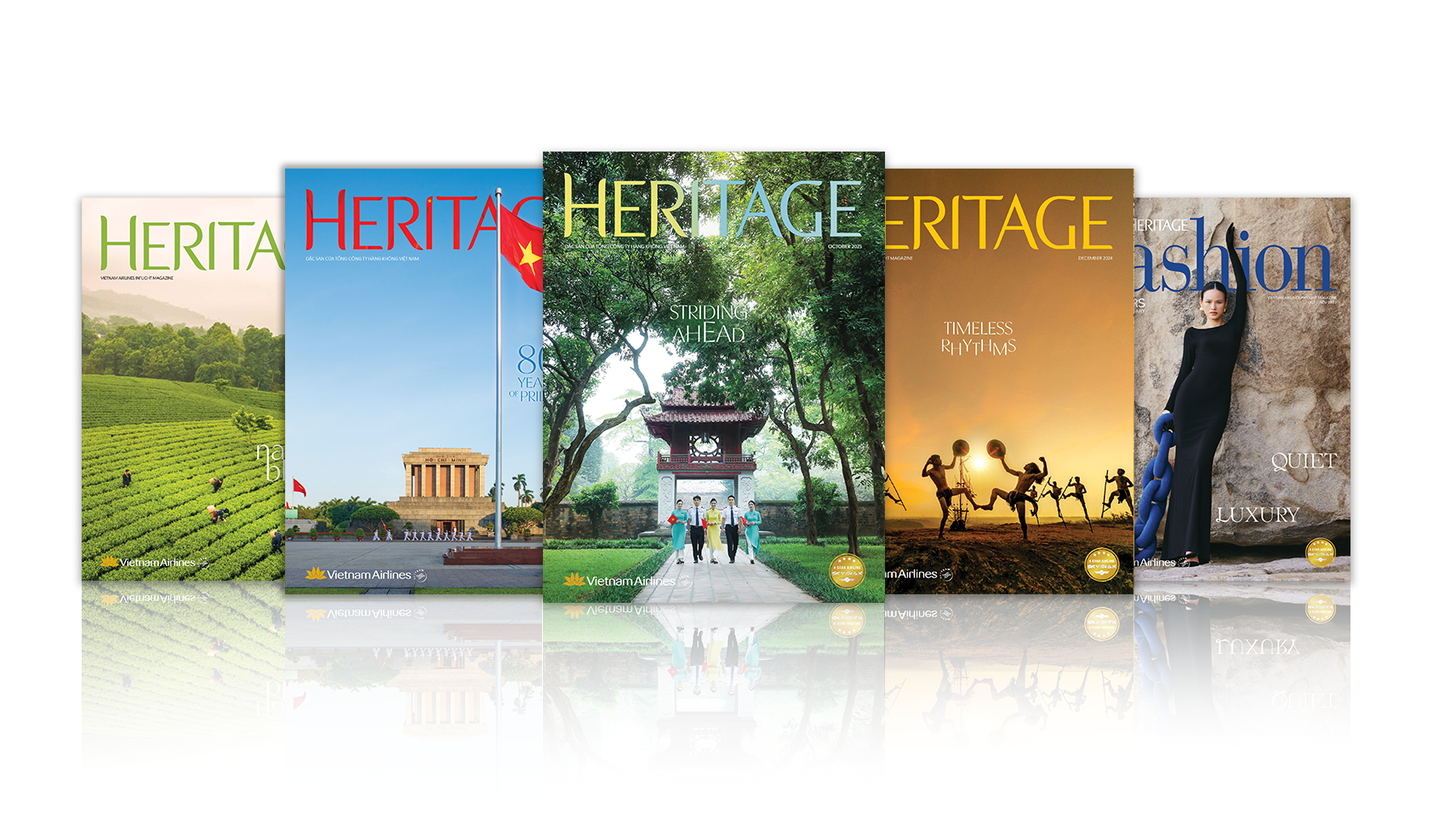Story: Huong Quynh
Photos: Amachau
According to writer and Hanoi researcher Truong Quy, Heritage Mgazine’s articles and photos over the past 30 years could serve as academic research materials, and as a travel guidebook.

1. What makes you happy to collaborate with Heritage?
First and foremost, it’s the magazine’s reputation, published by the national flag carrier and always prioritizing meticulousness and precision in both its contents and form. As a writer, I understand that writing for Heritage requires an investment in knowledge so that the article is both concise and provides a rich amount of information. It’s a worthwhile challenge and a way to hone my skills.
2. Given that you collaborate with many projects and publications in the cultural field, what do you find distinct about Heritage?
Heritage stands out from most other magazines due to its focus on the cultural heritage of Vietnam. It’s an area of keen interest to me, so writing for Heritage is natural. The magazine often touches on diverse themes when carrying articles about different cultural regions and various cultural practices. This could be due to the magazine’s goal to cover regional cultural areas linked to passengers’ journeys. However, it’s noteworthy that the magazine is not merely a guidebook for the aviation industry. Instead, it maintains a broad approach to issues and can stand alone as a general cultural publication. Additionally, Heritage’s appearance differs from that of other cultural publications and has a unique character. Even if the logo is covered, readers can easily recognize that it’s Heritage.
3. If you could choose only one word to describe Heritage, what would it be?
Concise.
4. Reading culture is changing due to the development of digital platforms. What do you think Heritage should do to adapt to readers’ needs and maintain its identity?
I think staying unique is the most challenging part! Usually, people tend to change to create novelty instead of tradition, but increasingly, I see this does not necessarily guarantee success. Heritage can create more diverse versions of its contents, from themed collections of publications or issues to short films based on published contents. I believe Heritage’s legacy of articles and images from the past 30 years deserves to be transformed into a grand database like a specialized travel guidebook library. This could also become a valuable resource for researchers in the field of Vietnamese culture. Readers will always seek trustworthy sources, and a warm and passionate approach to cultural heritages, especially in an era where digital platforms can overwhelm them with unfiltered information. Heritage serves as a meaningful and reliable guide, helping readers to navigate the vast landscape of information available today.
5. Do you have any topics in mind that would be suitable for Heritage? Could you share some ideas so readers can look forward to your stories?
In accordance with plans for contents and each issue’s theme, I often discuss feasible topics with the Editorial Board many months in advance. In general, the stories about culture and heritage in Vietnam and the world are incredibly diverse, and their relevancy also depends on timing. I might introduce some topics that are closely related to daily life, such as a look at community gathering spaces that form the soul of rural villages or iconic structures in cities.
Thank you!










